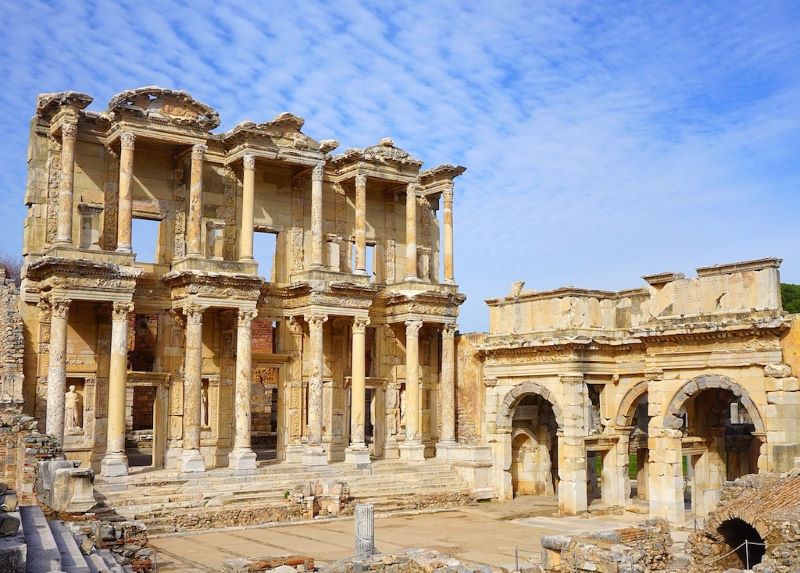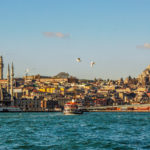
(TAN): Rescue operations are underway in the Turkish city of Izmir after a massive earthquake of magnitude 7 in the Aegean Sea turned several highrises in debris. The city, where tourism is the chief revenue generator, has already been hard hit by the Covid-19 pandemic. The earthquake is feared to worsen the situation further.
The quake reportedly struck just before 1500 hours on October 30, causing panicked residents of Izmir to come out on the streets. The tremors lasted at least 35 seconds.
The earthquake also affected Samos, a Greek island near Turkey’s coast, killing two people. But much of the damage appeared to be in the city of Izmir, a center for tourism and industry.
The main tourist attractions of the city have not been spared in the past earthquakes, dating back to prehistoric times.
[ALSO READ: Germany’s famous Nuremberg Christmas market cancelled because of pandemic]
The Ágora of Izmir, a historic landmark, is a meeting place, city square, marketplace or bazaar. It was originally built by the Greeks in the 4th century BC. The Agora, which became a Tentative World Heritage Site as part of “The Historical Port City of Izmir”, was ruined by an earthquake in 178 AD. Roman Emperor Marcus Aurelius ordered its reconstruction.
The historic clock tower of Izmir, arguably the most famous landmark of the city was almost destroyed in a magnitude 6.4 earthquake on March 31, 1928 and then again in a magnitude 5.2 earthquake on February 1 1974. It was later renovated in 2019.
Hisar Mosque, considered to be one of the most striking examples of Ottoman Islamic artwork in Izmir, had lost its top part in a 2003 earthquake.
While the city experiences another major earthquake with numerous aftershocks amid the ongoing pandemic, concerns over the health of the historic landmarks of the city looms large.




